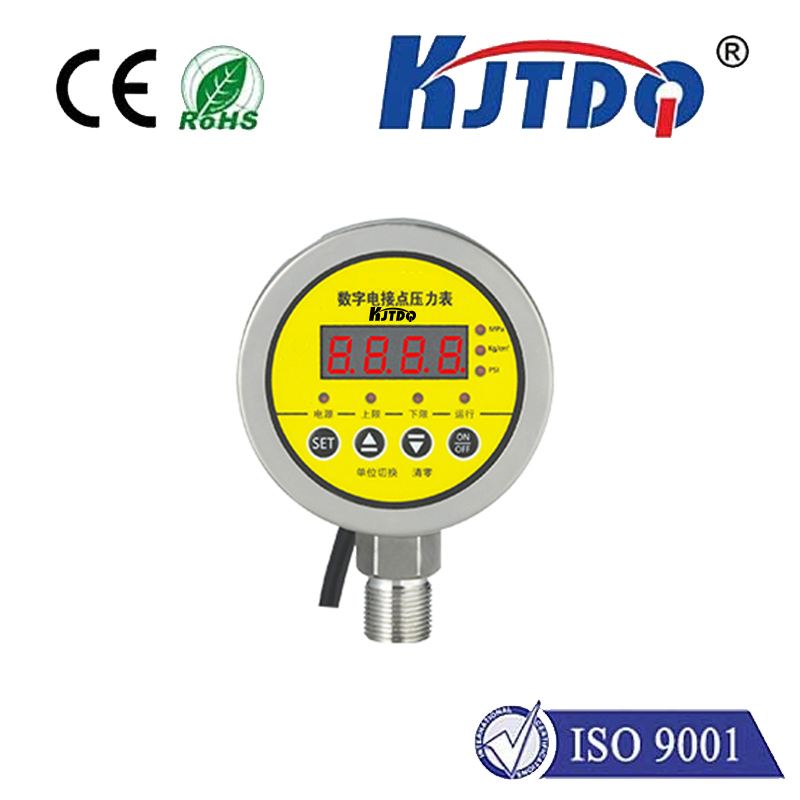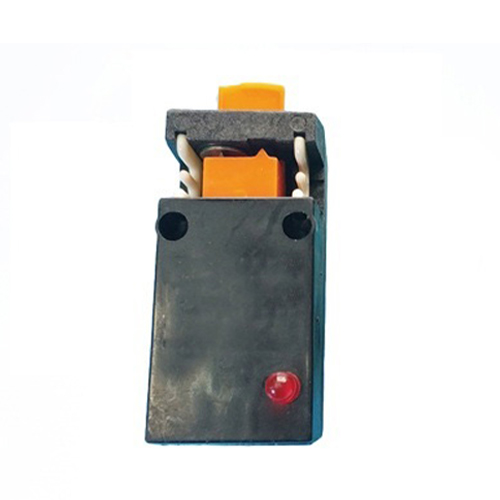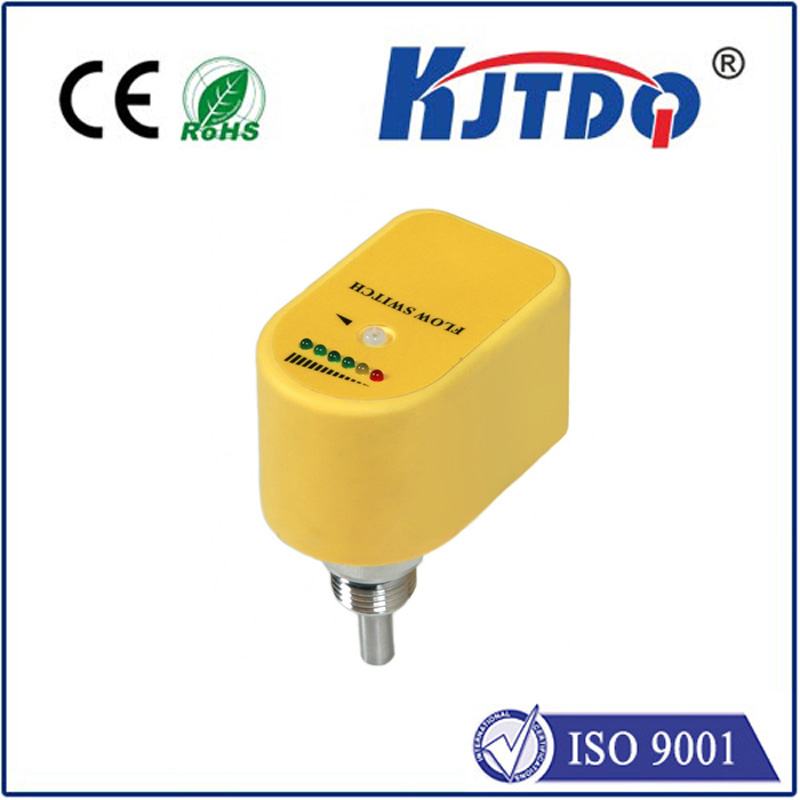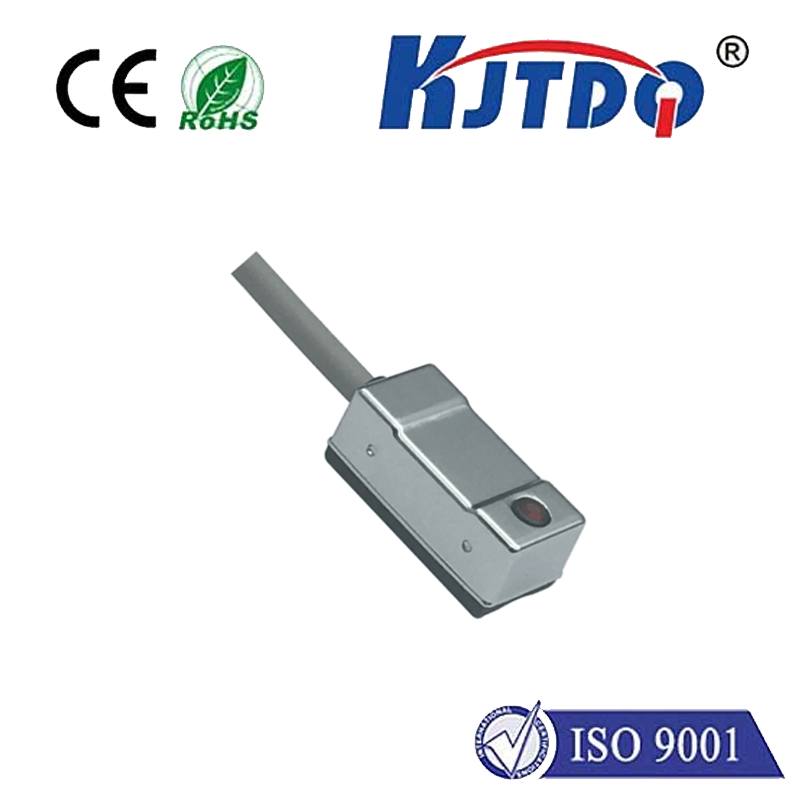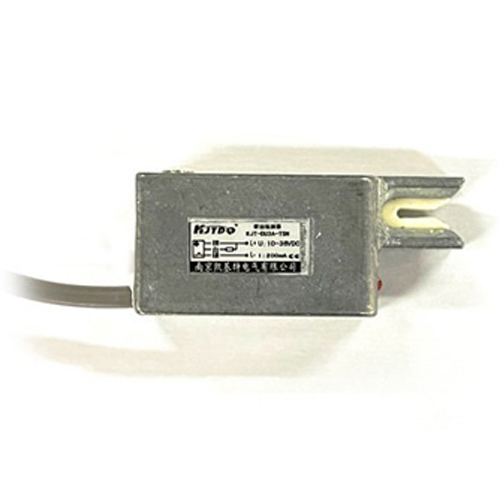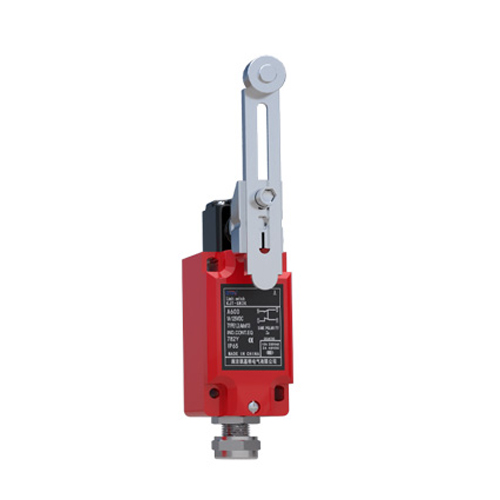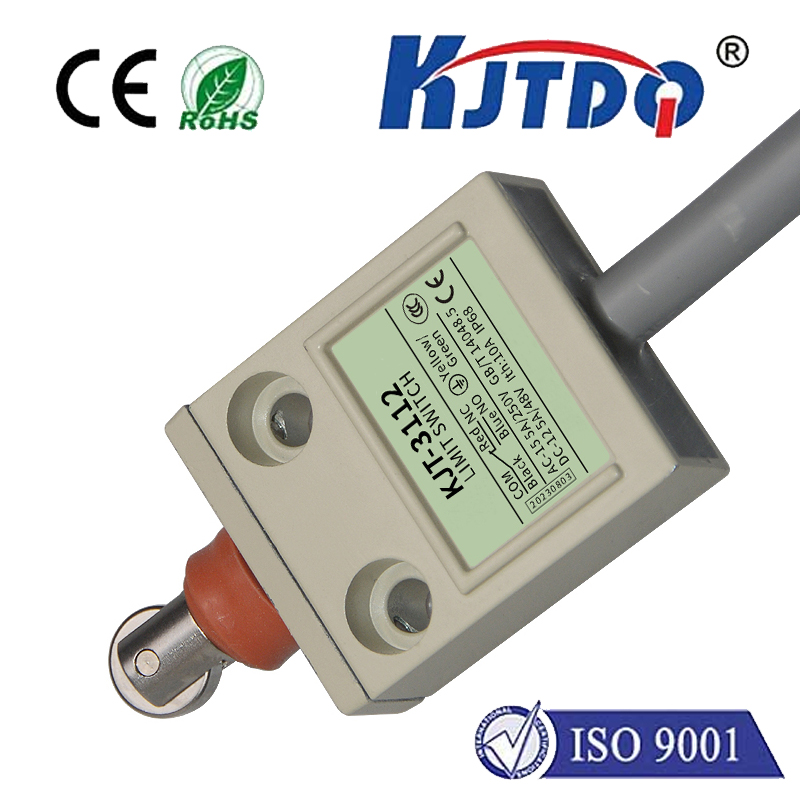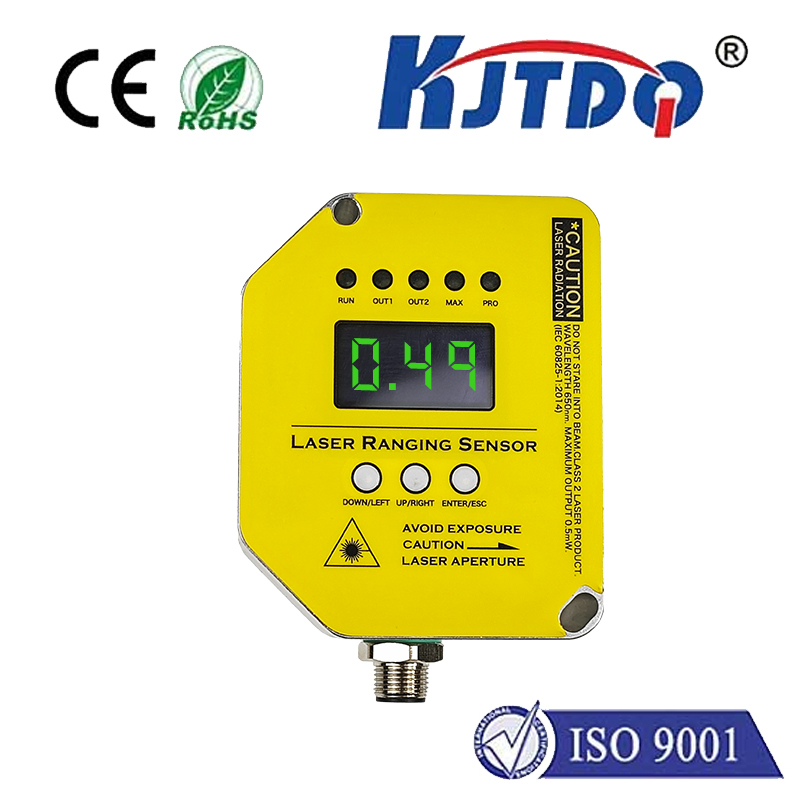hand proximity sensor
- time:2025-07-09 02:06:55
- Click:0
The Silent Revolution: How Hand Proximity Sensors Reshape Interaction
Imagine approaching a sink, and without a single tap, water magically flows. Or sitting in your car, needing to adjust the volume, and the system springs to life as your hand merely nears the console. This isn’t magic; it’s the seamless function of the hand proximity sensor, a remarkable technology subtly transforming how we interact with machines and environments. Moving beyond physical buttons and touchscreens, these sensors detect the mere presence or approach of a human hand, enabling intuitive, touchless control that enhances hygiene, convenience, and safety across countless applications.
Understanding the Invisible: How Hand Proximity Sensors Function
At their core, hand proximity sensors detect the presence of an object – specifically, a human hand – within a defined range without requiring physical contact. They achieve this through various sophisticated principles:
- Capacitive Sensing: This dominant technology relies on detecting changes in an electrical field. The sensor creates an electrostatic field. When a conductive object, like a human hand (rich in water and electrolytes), enters this field, it disrupts the capacitance. The sensor’s electronics detect this minute disruption, triggering a response. This method is highly reliable for close-range (<5-10cm) contactless detection and is common in consumer appliances and automotive interiors.
- Infrared (IR) Sensing: These sensors emit pulses of infrared light (usually modulated to avoid interference) and detect the reflection. An approaching hand reflects this IR light back to the receiver. By measuring the time-of-flight (ToF) of the light pulse or simply the intensity of the reflection, the sensor determines proximity. This method can offer slightly longer detection ranges than capacitive and is widely used in automatic faucets and soap dispensers. Advanced variations use IR arrays for rudimentary gesture recognition.
- Ultrasonic Sensing: Emitting high-frequency sound waves beyond human hearing, these sensors measure the echo’s return time. An object (like a hand) within the detection zone reflects the sound waves, allowing the sensor to calculate distance. While effective, they can be more susceptible to environmental noise and air currents than capacitive or IR sensors.
- Optical Sensing (Camera-based): Utilizing small cameras and computer vision algorithms, these systems can detect the presence, position, and even gestures of hands within a field of view. While offering potentially richer interaction (gestures), they are computationally more complex and raise greater privacy concerns compared to proximity-only methods.
Where the Magic Happens: Pervasive Applications

The ability to sense a hand before it touches something unlocks a world of innovative applications:
- Consumer Appliances & Fixtures: This is perhaps the most visible domain. Touchless faucets, soap dispensers, paper towel dispensers, and trash cans in public and home bathrooms became ubiquitous, driven significantly by hygiene awareness. They conserve resources (water, soap, towels) by operating only when needed. Increasingly, appliance control panels in kitchens (ovens, cooktops, range hoods) integrate hand proximity sensors to activate backlighting or switch display modes as a hand approaches, enhancing user experience.
- Automotive Innovation: Inside modern vehicles, hand proximity sensors create a sophisticated user interface. Bringing a hand close to infotainment screens or climate control panels often illuminates related controls or activates shortcut menus (adaptive interfaces). This allows drivers to keep their eyes on the road while intuitively locating functions. Sensors near door handles can trigger keyless entry or welcome lighting sequences. Critically, they are integral to Automotive Safety features within ADAS (Advanced Driver-Assistance Systems), detecting driver hand presence on the steering wheel for attentiveness monitoring.
- Industrial Automation & Safety: In factories and warehouses, non-contact sensing enhances both efficiency and worker safety. Sensors can detect a hand approaching a dangerous moving part or machine zone (safety guarding), triggering an emergency stop or preventing activation. They enable touchless control of machinery interfaces, useful when operators wear gloves or hands are dirty. Proximity-activated lighting on assembly lines or in control panels improves ergonomics.
- Medical & Laboratory Environments: Maintaining sterility is paramount. Hand proximity sensors allow healthcare professionals to interact with equipment (adjusting microscope stages, lighting, screens) or open automatic doors without compromising sterile fields or cleanroom protocols.
- Smart Homes & Building Automation: Beyond simple light switches (though common there too), proximity sensing can wake up smart home control panels as a resident approaches, adjust room settings based on presence, or activate specific zones within larger spaces without a single touch.
- Emerging Frontiers: Gesture recognition, building upon proximity detection, is finding exciting applications in virtual reality (VR) and augmented reality (AR) for navigation and interaction within digital worlds. Proximity sensors are also key components in sophisticated human-machine interfaces (HMI) for robotics and advanced control systems.
The Compelling Advantages: Why Proximity Wins
The shift towards touchless control powered by hand proximity sensors is driven by undeniable benefits:
- Enhanced Hygiene: Eliminating the need to physically touch surfaces significantly reduces the transmission of germs and pathogens, a critical factor in public spaces, healthcare, and food preparation areas. This hygienic interaction became even more crucial during the global pandemic and remains a key driver.
- Improved User Experience & Convenience: Interactions become more intuitive and effortless. Controls activate predictably, interfaces react before touch, and systems feel more responsive. The “magic” factor enhances perceived product quality and user satisfaction.
- Increased Durability & Reduced Wear: By minimizing physical contact with buttons or switches, mechanical wear and tear are drastically reduced, leading to longer product lifespans and lower maintenance costs.
- Accessibility: Touchless interfaces can be easier to operate for individuals with limited mobility or dexterity, opening technology to a wider user base.
- Energy Efficiency: Proximity activation ensures that devices (like faucets, lights, displays) operate only when genuinely needed, conserving water, electricity, and other resources.
- Aesthetic Minimalism: Removing physical buttons or replacing them with sleek, hidden sensor areas allows for cleaner, more modern design aesthetics in products and environments.
Navigating the Challenges: Sensing Limitations
Despite their power, hand proximity sensors aren’t without challenges that designers must address:
- Environmental Interference: Factors like water splashes, steam, dust, strong ambient light (for IR), or electromagnetic noise (for capacitive) can cause false triggers or failure to detect. Robust design and sensor selection are critical.
- Detection Range & Consistency: The effective range can be limited (though sufficient for intended purposes), and detection consistency might be affected by hand size, gesture, speed of approach, or material between the hand and sensor (e.g., thick gloves).
- Power Consumption: Continuously active sensing (especially IR and ultrasonic) can consume more power than a simple mechanical switch, impacting battery life in portable devices, though low-power modes help mitigate this.
- False Activations: Unintended objects or environmental conditions can sometimes trigger the sensor, potentially wasting resources or causing annoyance. Implementing adaptive sensitivity algorithms is key.
- Cost & Complexity: Adding a proximity sensor involves more complex electronics and software compared to a basic mechanical switch, impacting unit cost and design complexity.
The Future Beckons: Smarter, More Integrated Sensing
The evolution of hand proximity sensing is far from static. Integration with other sensing modalities like true 3D gesture recognition, AI-powered intent prediction, and contextual awareness is paving the way for even more natural and sophisticated human-machine interactions. Machine learning algorithms are being employed to filter noise, distinguish intentional gestures from accidental passes, and adapt to different users and environments.
Miniaturization continues, enabling sensors to be embedded into increasingly diverse products. Furthermore, the drive for lower power consumption allows for broader adoption in battery-operated devices and the burgeoning Internet of Things












